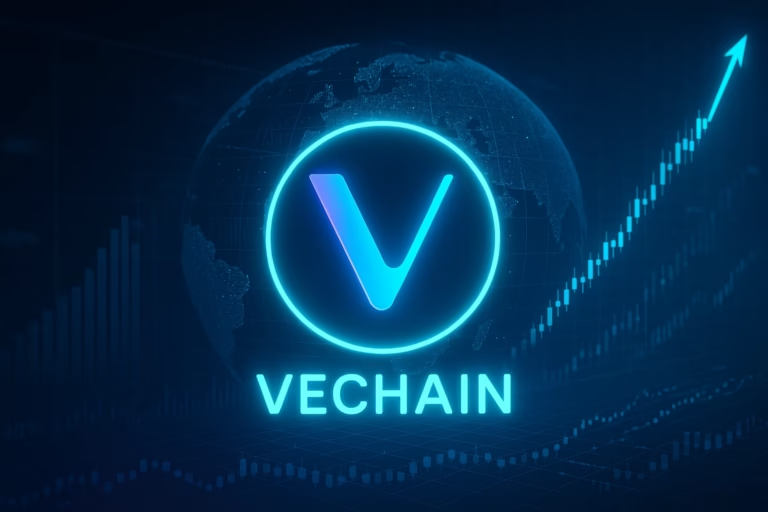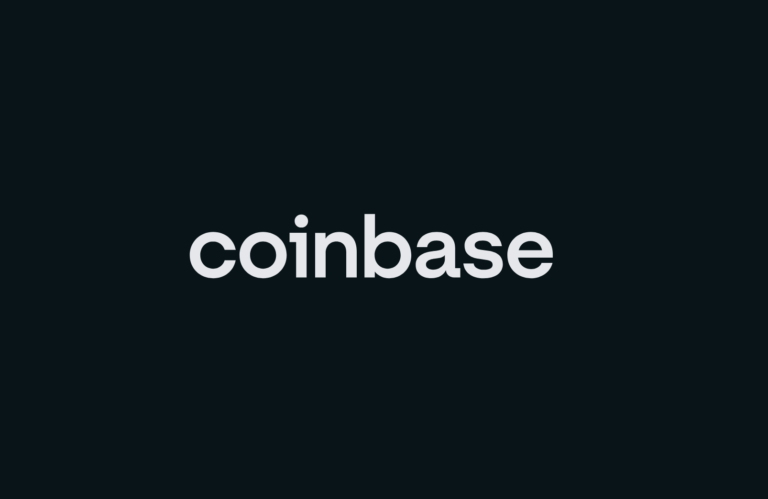
- Discover how Polkadot 2.0 tackles blockchain’s scalability and interoperability challenges through its dynamic core model and elastic scaling.
- Explore the innovative features like coretime, sharding, and the coretime marketplace that propel Polkadot towards high-performance, cross-chain transactions and decentralized governance.
In the rapidly expanding world of blockchain technology, Polkadot 2.0 emerges as a transformative force, aiming to address fundamental challenges like scalability and interoperability. This dynamic upgrade leverages innovative features such as elastic scaling and a dynamic core model to reshape the landscape of decentralized networks.
A Leap Forward in Blockchain Evolution
Polkadot, an open-source multichain protocol, introduces a groundbreaking approach to cross-chain data and asset transfers through its network of specialized blockchains. The essence of Polkadot 2.0 lies in its ambition to solve critical issues that have hindered the widespread adoption of blockchain technology.
Enhancing Interoperability and Scalability
At the heart of Polkadot 2.0 is its unique structure of parallel chains known as parachains, designed to facilitate simultaneous transactions across multiple chains. The introduction of “coretime,” a dynamic resource allocation system, is pivotal in optimizing computational resources within the network.
The Promise of Coretime
Coretime represents a paradigm shift by offering validator subsets as computational resources (or cores) for processing parachain blocks. This innovative approach enables developers to access Polkadot’s capabilities on a flexible, pay-as-you-go basis, democratizing blockchain utilization for projects of all sizes.
Sharding for Enhanced Performance
Polkadot’s integration of sharding significantly boosts scalability, increasing transaction throughput to up to 1 million transactions per second. This scalable architecture far surpasses the capabilities of Ethereum 2.0, making Polkadot a frontrunner in high-performance blockchain solutions.
The Coretime Marketplace: A New Frontier
In Polkadot 2.0, the coretime marketplace empowers developers to purchase block time dynamically, aligning resource allocation with operational needs. This marketplace-driven approach not only fosters efficiency but also generates revenue through coretime sales, contributing to the network’s sustainability.
Governance and Innovation
Polkadot 2.0’s governance model, OpenGov, embodies democratic principles by facilitating inclusive decision-making within the network. Additionally, Polkadot’s collaboration with regulatory bodies underscores its commitment to compliance, framing its native token, DOT, as a technological asset rather than a financial instrument.
Challenges and Opportunities
While Polkadot represents a significant leap forward in blockchain technology, challenges remain on the path to mainstream adoption. Continued innovation and adaptability will be crucial for Polkadot to cement its position as a leader in the evolving Web3 framework.
Redefining Blockchain’s Future
Polkadot’s evolution into Polkadot 2.0 exemplifies the relentless pursuit of innovation within the blockchain ecosystem. By addressing scalability and interoperability through its multichain architecture, Polkadot paves the way for a decentralized and interconnected future. As the blockchain landscape evolves, Polkadot’s journey serves as a testament to the transformative power of technology and its potential to reshape industries on a global scale.






